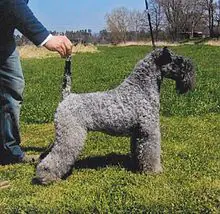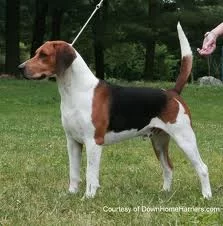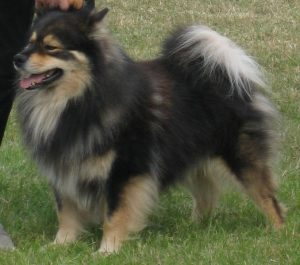Nova Scotia Duck Tolling Retriever
Nova Scotia Duck Tolling Retriever Adoption Guide

-
Breed Group : SPORTING
-
Origin : Canada
-
Average Height : 17" - 21"
-
Average Weight : 35 - 52 lbs.
-
Life Span : 14 - 16 years
Photo Courtesy of : Toller Rescue
-
Size
1 2 3 4 5 6 7 8 9 10 -
Energy
1 2 3 4 5 6 7 8 9 10 -
Intelligence
1 2 3 4 5 6 7 8 9 10 -
Ease of Training
1 2 3 4 5 6 7 8 9 10 -
Hypo-Allergenic
1 2 3 4 5 6 7 8 9 10 -
Shedding
1 2 3 4 5 6 7 8 9 10 -
Good with Kids
1 2 3 4 5 6 7 8 9 10 -
Good with Other Pets
1 2 3 4 5 6 7 8 9 10 -
Guard Dog
1 2 3 4 5 6 7 8 9 10








